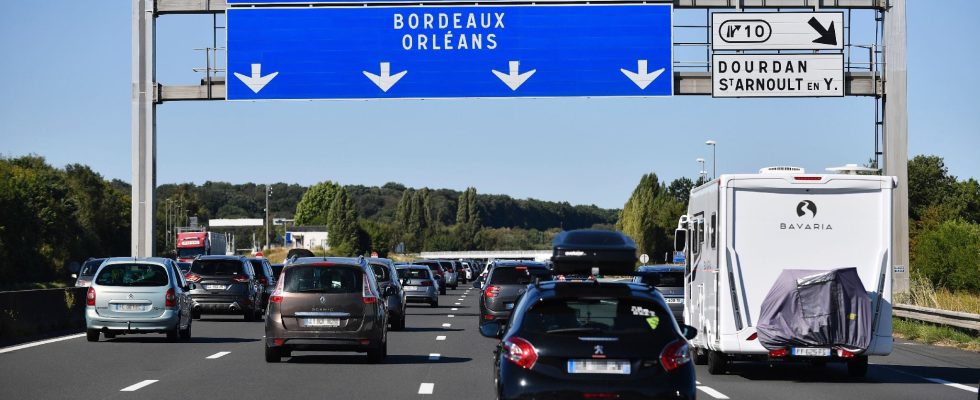It is still only a bill soberly titled “Transformation of the French automobile fleet”. But by gaining notoriety, it could well serve as a basis for future regulations on vehicle weight. The winds are favorable. The average weight of a car has increased, in just over sixty years, from 778 to 1,233 kilos, underlines Ademe, the Ecological Transition Agency. And it’s not over: in the absence of a change in habits in use and production, it could reach 1,535 kilos in 2050. “Safety requirements, comfort options and the triumph of the imagination of SUVs got the better of the initial sobriety of the cars, embodied by iconic models like the Citroën 2 CV or the Renault 4L”, notes Olga Givernet, engineer and Renaissance MP for Ain, at the origin of the text.
Automotive overweight is therefore in the sights. Thus, the proposed law would force company fleets to lose weight as vehicles are renewed. “Professionals, who represent half of new purchases in France, choose the vast majority of large automobiles, whether electric or not. This propensity creates, on the second-hand market, a mismatch between the types of available cars and the needs of individuals, who are more looking for compact models or city cars”, justifies the MP, who also wishes to introduce a penalty for electric vehicles weighing more than 1.9 tonnes.
The text also proposes a differentiated motorway rate, inversely proportional to the number of people in the car. “In spirit, we would have a normal price for a single person driving and a bonus price if there is good occupancy,” explains Olga Givernet. The precise terms remain to be defined, which leaves the door open to other possibilities: additional costs for large SUVs driven empty or reserved lanes for well-filled vehicles, as is the case in California.
Do not offend sensitivities
Last point addressed by the text, the authorization on expressways of small light electric vehicles capable of going up to 90 kilometers per hour. Other European countries are already in favor. “By implementing all of these measures, we can undoubtedly reduce the total mass on the roads by 30%,” predicts the MP. In the more or less near future. The differentiated toll, for example, could only be introduced during a renegotiation between the State and the concessionaires. Not before 2030, therefore. This leaves time to continue the debates.
The individual vehicle remains one of the hardest points to attack from the point of view of adaptation to climate change. Many motorists cannot afford to go electric. Furthermore, in large companies, the lack of appetite for small green vehicles is pushing the integration of more luxurious and heavier electric models, such as Tesla or BMW, into the catalogs. Returning to more sober models risks offending some sensibilities.
“Be careful not to send the wrong signal. To achieve our climate objectives, the electrification of vehicles counts for more than their weight, warns Cédric Philibert, associate researcher at the French Institute of International Relations and author of the book Why electric cars are good for the climate (Ed. Early mornings). If we want to be sober, the speed limit of 110 kilometers per hour on the highways would be more effective.” Problem is, this type of measure still goes down poorly with part of the population. Bercy is aware of the fact that “we need to move faster on sobriety. But the subject is explosive. The latest limitation to 80 kilometers per hour on secondary roads had fueled dazzling anger, that of the yellow vests.
.
